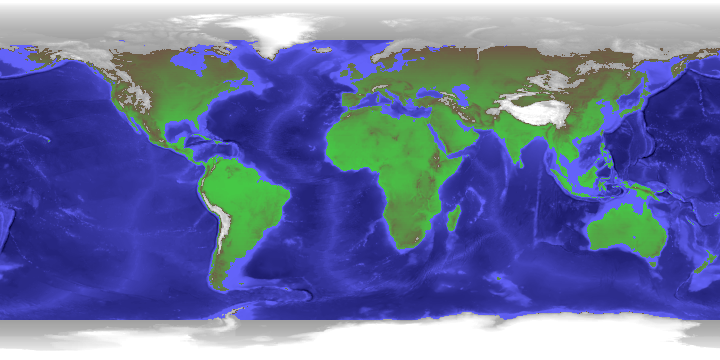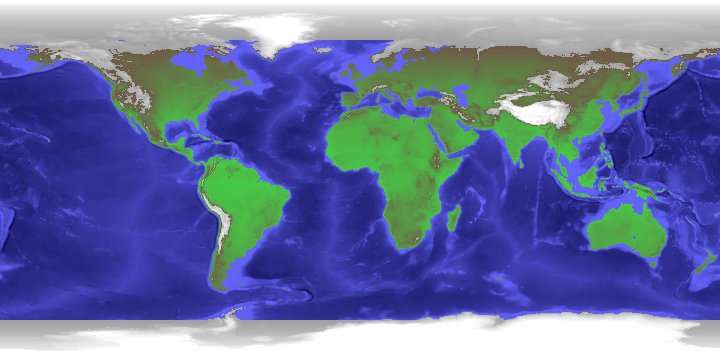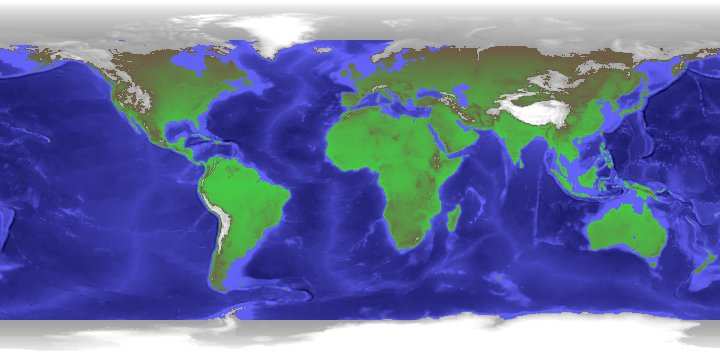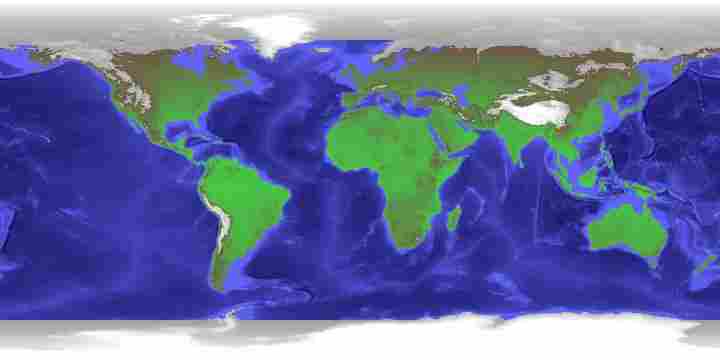JPEG Compression
(Application of Discrete Fourier Cosine Transforms)
JPEG Compression Routine
The following is a short summary of what happens when using the JPEG image
format.
-
JPEG Compression breakes an image into a series of square patches of pixels.
-
A two dimensional Discrete Fourier Cosine Transform is applied to each
patch.
-
Transform coefficients that are very small in magnitude will have very
little affect on the image and are, therefore, set to zero.
-
The coefficients are then reduced in size by applying a compression algorithm.
-
When restoring the image, the image file is decompressed and each patch
is sent through an inverse Discrete Fourier Cosine Transform.
The image is now in a displayable form. Notice that this is not a
lossless compression format like GIF. It throws away the least significant
image data.
JPEG Compression Examples
The following illustrates the compression capabilities of JPEG and its
associated image compromises.
Comparison Image - GIF
The comparison standard is a 720X360 image saved in GIF format. If
this file were saved in a raw format with no compression it would take259kB
to store this data. With the GIF compression the file occupies 153kB,
which is a compression of 40% in size. GIF is a loss less compression
format that allows up toe 256 different colors.

Standard JPEG
The image given above was converted to JPEG using Paint Shop Pro v6.0.
The default compression value is 15 which gives good compression without
sacrificing image quality. The JPEG compression format allows the
image to have 16Million colors. The size of the compressed image
file is 46kB. This results in a size compression of 82%. (This
is 5 times smaller than the original raw data.) Only the discerning
eye will be able to notice a difference between the two images.

JPEG with More Compression
This image is in JPEG format where the compression value is changed to
45. This file now occupies 23kB on the computer. This is a
91% reduction in size. (The file is 10 times smaller than the original
data file.) Notice the image is a little blurrier.

JPEG with Higher Compression
This image is in JPEG format where the compression value is changed to
85. The file is 11kB in size, which is a 95.8% reduction in size.
(This file is 23.5 times smaller than the original data.) The blockiness
that appears is due to the discontinuities between patches where the cosine
transform is applied.

JPEG with Extreme Compression
This image is in JPEG format where the compression value is changed to
99. The file is reduced by 97.7% to a size of 6kB. This file
is 43 times smaller than the original data. This image clearly shows
the blockiness resulting from throwing out the smaller cosine transform
coefficients.





